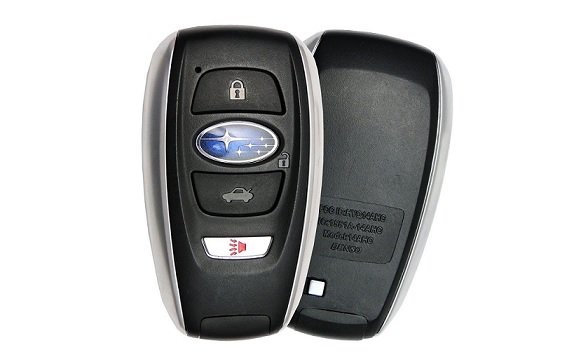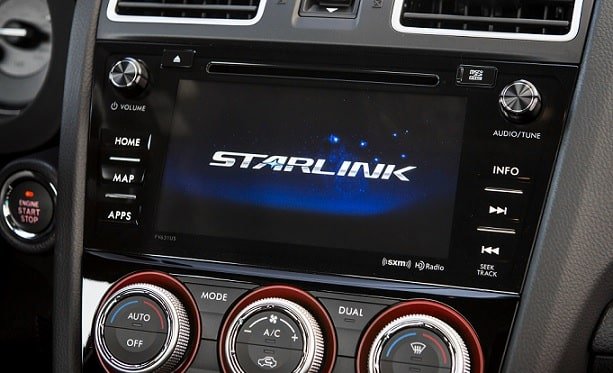No one likes having a transmission problem. Being stuck because your transmission won’t shift into gear is never a fun experience, however, transmission problems especially in vehicles like Subaru don’t just happen overnight. There are usually signs that tell you that your car is about to develop a transmission problem before the worse actually happens.

You should notice signs like shudders or strange noises which could be a sign of a transmission problem. It is likely that your torque converter is going bad and even though such things are rare, they do happen.
You may also notice a delay before transmission engages in gear and this is one of the most common signs. However, this isn’t always a sign of a transmission problem but it is something you should check out immediately.
In addition, human error could be the cause of a transmission problem. If you have a hard time shifting into gear, you should first check to confirm that the car is turned on or that your foot is actually on the brake.
The fixes in this guide should be able to solve almost all problems with Subaru automatic transmission not shifting. However, it is always better to prevent such problems from happening by performing regular checks on your car.
Subaru Automatic Transmission Not Shifting: How to Fix
Fixing the problem is almost as easy but some issues with Subaru automatic transmission might require technical help.
1. Make Sure It’s Not Your Fault
This should be the first thing that comes to mind. Even the savviest drivers do make mistakes and you can’t blame them – no one is perfect. Your vehicle’s automatic transmission might be stuck simply because the car is turned off or your foot is not on the brake. Make the necessary corrections and check if it solves the problem.
2. Check for Low Transmission Fluid
This is the most common cause of transmission problems and something as simple as changing the fluid could solve the problem. The transmission fluid is a lubricant that keeps the moving parts of the transmission system moving without wearing out or getting stuck.
If the levels fall short, you will experience problems shifting your vehicle into gear. When your transmission fluid runs low, you will notice a red leak of fluid. The low fluid level could lead to overheating and cause more transmission-related issues.
After checking and confirming that you’re not the culprit that’s keeping your transmission stuck, this should be the next place to look. To confirm low fluid levels, check for a leak in the input and output shaft seal, pan gasket, fluid lines, and the cooler. If you notice the red fluid, you should pour out the old oil and refill immediately.
In some cases, you might not notice a leak, but it is advised that you flush out the old oil from the container and refill, then check to see if it works.
3. Check The Throttle Cables
With the transmission fluid changed, everything should get back to normal but if it doesn’t then you need to look to other fixes. The likely culprit is the throttle cables. Changing the transmission fluid is the most common solution as low levels of fluid is the most common cause of transmission problems, however, this doesn’t mean that problems like defective cables won’t occur.
You should take a look at your throttle cables. Any with excessive slack could cause transmission issues and in extreme cases, it could get your automatic transmission stuck. If you’ve tried out other solutions and still you’re stuck, then you should take a look at the throttle cables.
4. Check The Solenoid
Vehicles using automatic transmission are equipped with a shift lock solenoid. This mechanism makes it possible for you to step on the brake in order to shift out of park mode. If it fails, the car won’t know that it is alright to shift and stay stuck. In some cases, you would have to replace the shift solenoid which means some extra costs. Before doing this, you should check other cost-free fixes to confirm that isn’t a minor problem before moving to spend extra.
Depending on your vehicle, you might be able to get a warning ahead before a Solenoid failure. Vehicles these days come with computers and advanced technology that aim to promote easy maintenance and boost user experience. One of such is the warning light feature that alerts you when anything in your vehicle goes amiss. You will find a transmission light here that warns you in advance of a bad transmission problem like Solenoid failure.
5. Check the Shift Linkage
The shift linkage simply refers to a link between the vehicle’s transmission and the gear selector. This could get jammed (though not very common) and it will stop your vehicle from shifting. This is most likely the culprit if you’ve tried other options.
6. Go for Repairs
If all these solutions won’t get the transmission to budge, then you can call in a technician. Problems like transmission slipping could require technical fixes than just changing transmission fluid and filter.
Transmission slipping won’t actually cause your automatic transmission to get stuck but it is a symptom of what’s about to happen. If you notice that your gear shift doesn’t feel like it used to or should, then you are experiencing transmission slipping. You may also notice that the engine revs without an accompanying acceleration from the car. If your vehicle is also slow to go into your gear, it could be said that it is slipping.
Issues like this should serve as a sign and you should look for a fix right away. Changing the transmission fluid is one easy way to solve this problem but if it persists, then you need to take your car for repairs.
Wrap-up
Automatic transmission not shifting could be a sign of poor maintenance. Vehicles are not very easy to maintain but if you do not keep to the maintenance routine, you will have to spend more on repairs than you on maintenance. Look out for signs of damage before they happen and constantly watch your transmission fluid to prevent future occurrences.







